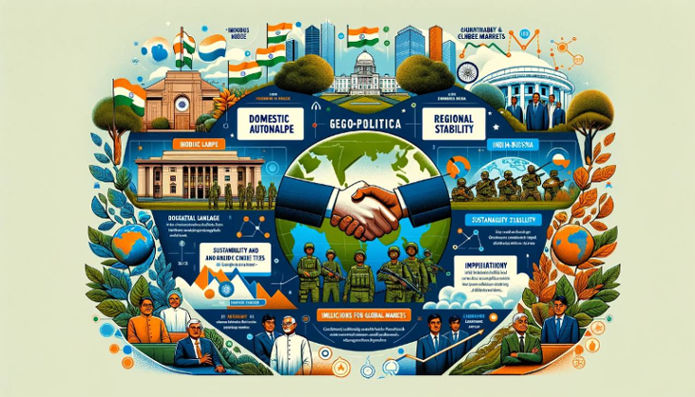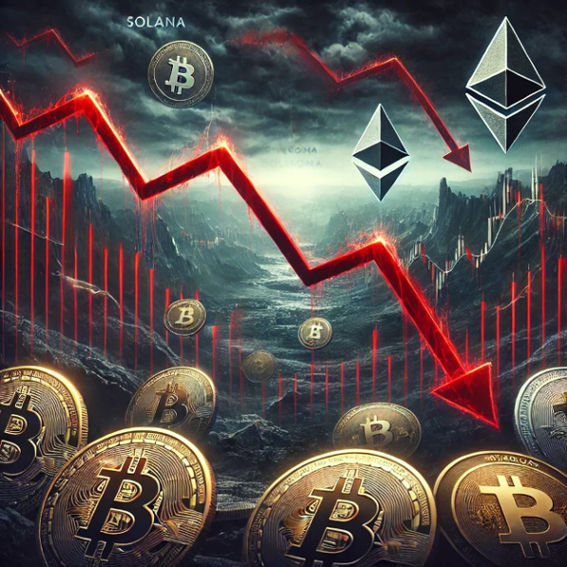
India’s post-2024 strategic challenges are multifaceted. The 1947 partition’s legacy
continues to shadow India-Pakistan relations, with ongoing tensions over Kashmir and
cross-border terrorism. Modi’s administration must balance deterrence and diplomacy,
while also managing the influence of external actors like the United States. India’s
relationship with China, marked by border disputes and strategic competition, requires
careful management. Engagement with multilateral initiatives like the Quad and the
Shanghai Cooperation Organization (SCO) counterbalances China’s growing regional
influence, while military modernization bolsters India’s deterrence capabilities. In
Afghanistan, India must adapt to the evolving security landscape, balancing cautious
engagement with support for regional counterterrorism.
Pakistan faces domestic instability, economic challenges, and strategic alliances. The
China-Pakistan Economic Corridor (CPEC) offers both opportunities and risks, as Pakistan
seeks to balance infrastructure development with concerns over debt sustainability and
sovereignty. Navigating its relationship with the US, focusing on counterterrorism and
regional stability, while engaging with regional platforms like SAARC and SCO, adds to the
complexity of Pakistan’s foreign policy.
China’s maneuvers in South Asia aim for regional preeminence. Through military
assertiveness and economic statecraft, exemplified by the Belt and Road Initiative (BRI),
China seeks to extend its influence and create dependencies. Deepening ties with
Pakistan, Afghanistan, and Central Asian countries reinforce its dominant position. The
Sino-Indian rivalry, marked by strategic competition and military posturing along contested
borders, remains a key feature of regional dynamics.
Afghanistan’s strategic location makes it central to regional power struggles and a hotspot
for terrorist groups, necessitating counter-terrorism efforts. India’s development initiatives
in Afghanistan aim at building soft power and promoting stability, contending with
Pakistan’s influence and the uncertain Afghan political and security situation.
India’s 2024 elections introduce new variables into this complex equation. Domestically,
the Modi government must balance coalition demands with core policy objectives,
requiring political maneuvering and consensus-building. In foreign policy, the election
outcome may constrain India’s strategic autonomy, as the government navigates
competing pressures from domestic constituencies and external powers. A weakened BJP
mandate necessitates a nuanced approach to regional engagement, particularly with
Pakistan and Afghanistan, balancing hardline sentiments with diplomatic outreach and
regional stability.
South Asia’s geopolitical dynamics are influenced by global factors. Climate change
exacerbates resource scarcity and tensions. The recent pandemic highlights the need for
regional cooperation in public health and economic recovery, exposing faults in multilateral
frameworks. The evolving world order, with rising powers and realigned alliances, adds
complexity as South Asian countries navigate great power politics.
The geopolitical landscape of South Asia is marked by both continuity and change. While
fundamental fault lines and strategic imperatives remain, new actors, shifting power
balances, and global trends introduce uncertainties and challenges. Navigating this terrain
requires strategic foresight, diplomatic dexterity, and adaptability.


